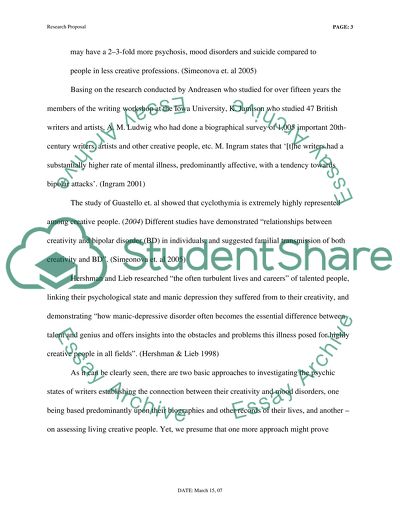Cite this document
(Virginia Woolf's Psychological Condition and its Reflection in Research Paper, n.d.)
Virginia Woolf's Psychological Condition and its Reflection in Research Paper. https://studentshare.org/psychology/1517448-psychology-research-paper
Virginia Woolf's Psychological Condition and its Reflection in Research Paper. https://studentshare.org/psychology/1517448-psychology-research-paper
(Virginia Woolf'S Psychological Condition and Its Reflection in Research Paper)
Virginia Woolf'S Psychological Condition and Its Reflection in Research Paper. https://studentshare.org/psychology/1517448-psychology-research-paper.
Virginia Woolf'S Psychological Condition and Its Reflection in Research Paper. https://studentshare.org/psychology/1517448-psychology-research-paper.
“Virginia Woolf'S Psychological Condition and Its Reflection in Research Paper”. https://studentshare.org/psychology/1517448-psychology-research-paper.


